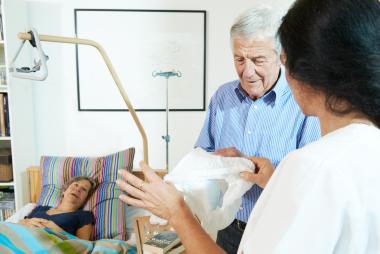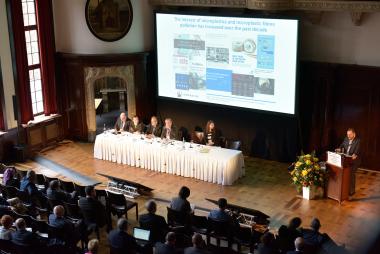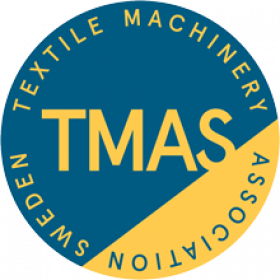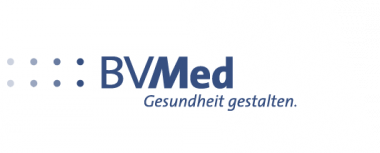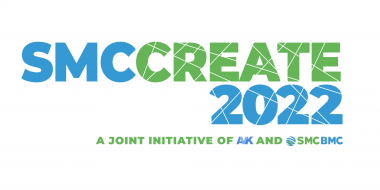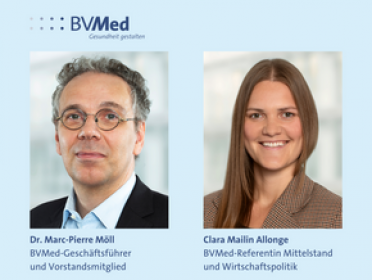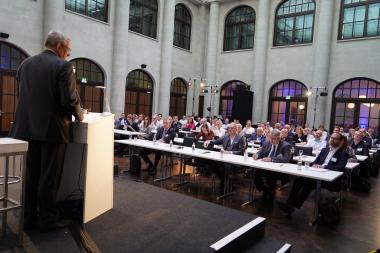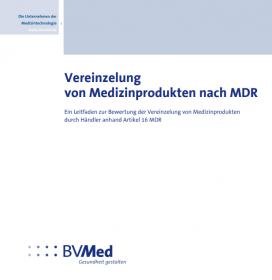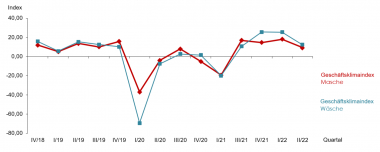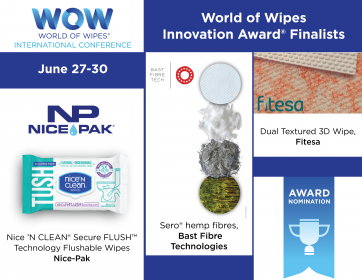"Lifting Tariffs Would Cement China’s Dominance of Global Manufacturing"
Textile Groups Urge U.S. to Maintain Penalty Tariffs on Finished Products
The Biden administration should maintain Section 301 penalty tariffs on finished textiles and apparel or risk reversing once-in-a-lifetime nearshoring trends and undermining critical investments and jobs in the U.S. and Western Hemisphere, three key American textile manufacturing groups said today.
In a formal submission to the U.S. Trade Representative’s (USTR) office, which is conducting a four-year statutory review of the tariffs, the associations expressed strong support for the continuation of penalty tariffs on imports from China and warned of the consequences associated with removing the tariffs.
“A key aspect of [the Biden administration’s trade] policy is the need to maintain Section 301 tariffs, absent substantive improvements in China’s pervasive, predatory trade practices,” the groups said. Lifting the tariffs “would also do nothing to achieve the administration’s goal of easing inflationary pressures, as apparel prices out of China continue to hit rock bottom even with the Section 301 tariffs,” they noted.
The submission was filed by the National Council of Textile Organizations (NCTO) and the Narrow Fabrics Institute (NFI) and Industrial Fabrics Institute (USIFI) – both divisions of the Advanced Textiles Association (ATA). The associations represent the entirety of the U.S. textile production chain.
“For decades, China’s illegal actions have undermined virtually every domestic manufacturing sector and contributed to the direct loss of millions of U.S. jobs. These devastating state-sponsored practices include intellectual property theft as well as pervasive state-ownership of manufacturing, industrial subsidies, and abhorrent labor and human rights abuses in the Xinjiang region,” they noted. “Cancelling these tariffs would create further unhealthy dependence on Chinese supply chains and embolden future systematic trade abuses as bad actors know that the U.S. will not hold them accountable.”
The tariffs were imposed on China beginning in 2018 in response to China’s continuing IP and related trade violations. China has since failed to comply with an agreement it reached with the United States in 2020.







